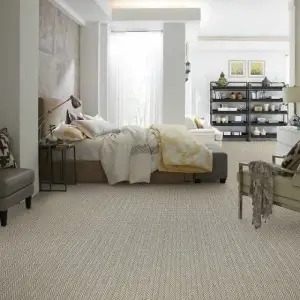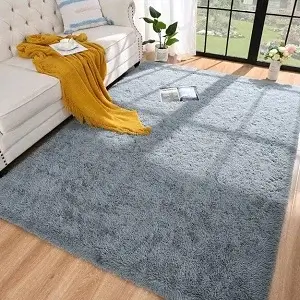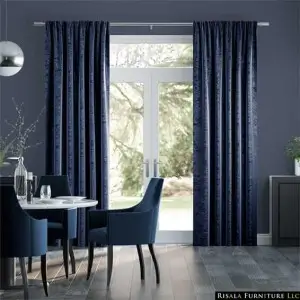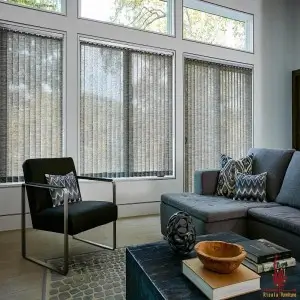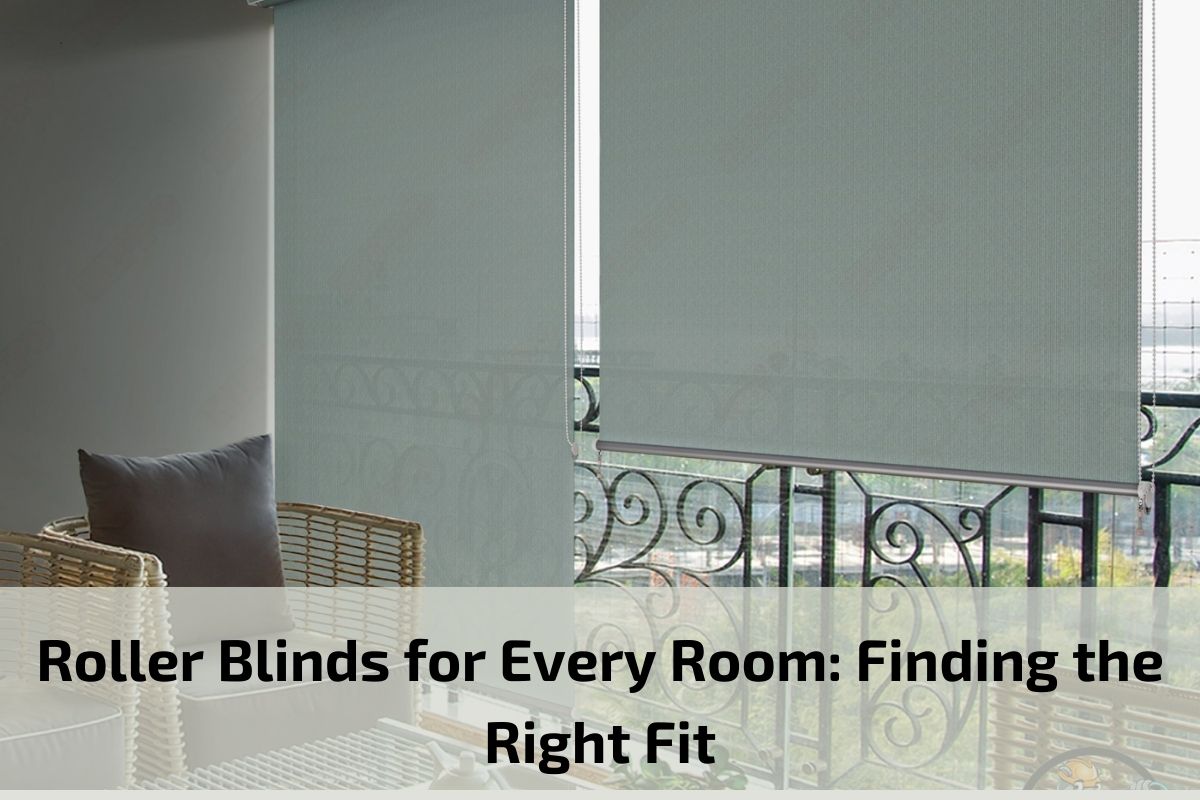

In the realm of interior design, window treatments play a pivotal role in shaping the ambiance of a space, and roller blinds stand out as a versatile and stylish choice. As we embark on the journey of exploring the diverse landscape of home décor, “Roller Blinds for Every Room: Finding the Right Fit” invites you to delve into the world of window fashion. Whether you seek to infuse a touch of sophistication, control natural light, or enhance privacy, roller blinds offer a harmonious blend of functionality and aesthetic appeal. Join us as we navigate through the considerations and possibilities, guiding you to discover the perfect roller blinds that seamlessly complement the unique character of every room in your home.
In the world of interior design, the quest for both functionality and style has led homeowners and designers alike to explore versatile window treatment solutions. Among these, roller blinds have emerged as a popular choice, seamlessly blending practicality with aesthetic appeal. As we embark on the exploration of “Roller Blinds for Every Room: Finding the Right Fit,” we delve into the diverse world of roller blinds and their ability to complement and enhance the ambiance of any space. From the sleek and modern to the cozy and traditional, roller blinds offer a tailored solution for every room, providing not only privacy and light control but also a touch of sophistication to elevate the overall décor. Join us on this journey as we unravel the nuances of selecting the perfect roller blinds to suit the unique characteristics of each room in your home.
Definition of roller blinds
Roller blinds, also known simply as roller shades, are a type of window covering consisting of a single piece of fabric or material that is mounted on a roller mechanism at the top of a window. The roller mechanism allows the material to be easily raised or lowered to control light exposure, privacy, and visibility. Roller blinds are characterized by their simplicity and versatility, making them a popular choice for various settings, including residential homes, offices, and commercial spaces.
The fabric or material used in roller blinds can vary, offering options such as sheer, blackout, or light-filtering materials. The ability to choose from different fabrics allows individuals to customize the level of light, privacy, and aesthetic appeal in a room. Roller blinds are operated manually by pulling a cord or chain, although motorized and automated options are also available for enhanced convenience and control.
Overall, roller blinds provide a practical and stylish solution for window treatment, offering a streamlined and unobtrusive appearance while efficiently managing light and privacy in interior spaces.
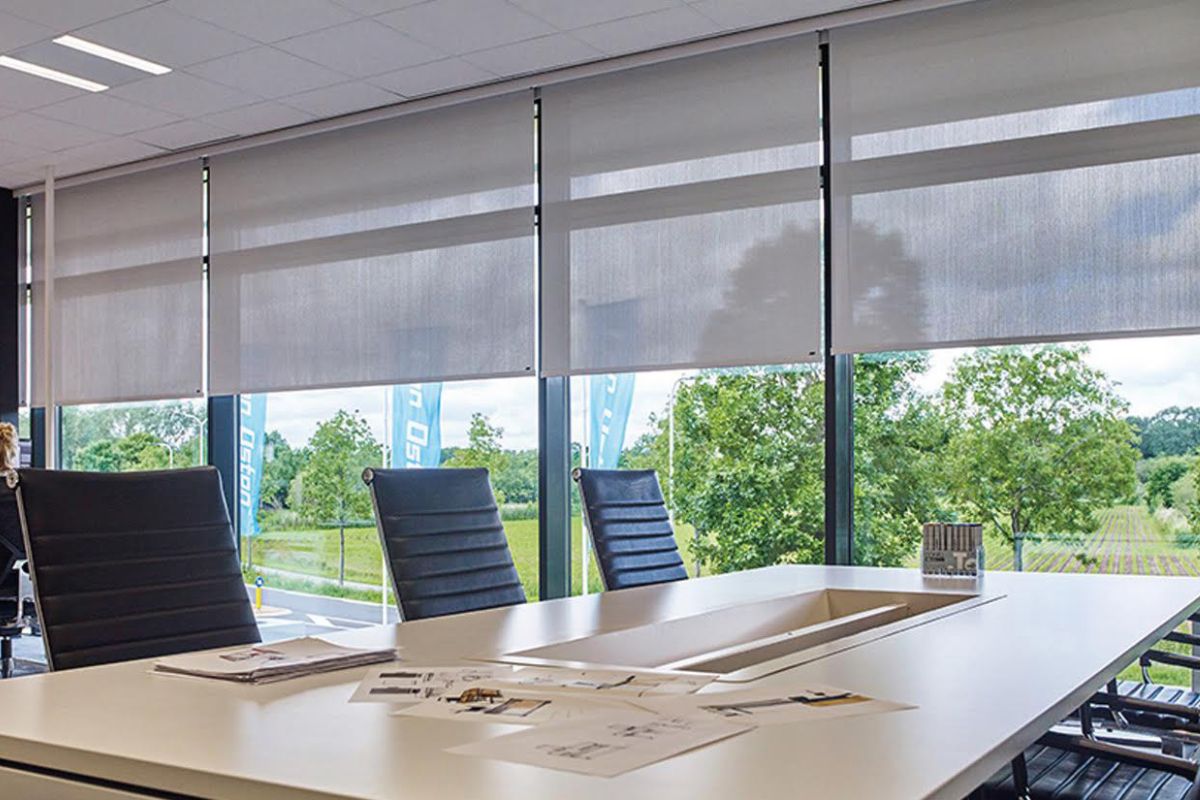

Roller blind for Room-by-Room Guide
Understanding Roller Blinds:
- Definition and Mechanism
- Types of Roller Blind Fabrics
Choosing Roller Blinds for Bedrooms:
- Versatility in Design
- Motorized Options for Convenience
- Enhancing Natural Light
Roller Blinds for Kitchens:
- Easy Maintenance
- Moisture-Resistant Materials
- Balancing Light and Privacy
Bathroom Roller Blind Considerations:
- Waterproof and Mildew-Resistant Fabrics
- Enhancing Small Spaces
- Maximizing Natural Light
Roller Blinds for Home Offices:
- Glare Reduction
- Smart Home Integration
- Creating a Productive Environment
Nursery and Kids’ Rooms with Roller Blinds:
- Child-Safe Options
- Playful Designs and Colors
- Balancing Sleep and Play Environments
Outdoor Roller Blinds:
- Extending Living Spaces
- UV Protection
- Durable and Weather-Resistant Materials
Maintenance Tips for Roller Blinds:
- Cleaning and Care
- Handling Different Fabrics
- Prolonging the Lifespan
Customization and Style Trends:
- Tailoring Roller Blinds to Interior Design
- Emerging Trends in Roller Blind Styles
- Personalized Touches for Every Room
Installation Tip for Roller Blind
Proper installation is crucial to ensure the functionality and aesthetic appeal of roller blinds. Here are some essential tips to guide you through the installation process:
Gather the Necessary Tools:
Before you begin, make sure you have all the required tools, including a drill, screws, a level, and a measuring tape.
Measure Accurately:
Measure the window accurately to determine the size of the roller blind needed. Consider the mount type (inside or outside mount) and the desired coverage.
Choose the Right Mount:
Decide whether you want to mount the roller blinds inside the window frame for a sleek look or outside for better light coverage. The choice depends on your preferences and the type of window.
Position the Brackets:
Position the brackets according to your mount choice. Use a level to ensure the brackets are straight. For an inside mount, position the brackets within the window frame, and for an outside mount, position them above the frame.
Pre-Drill Holes:
Before attaching the brackets, pre-drill holes to make the installation process smoother. Use anchors if necessary to provide additional support.
Secure the Brackets:
Attach the brackets securely using screws. Double-check the level to ensure the blinds will hang straight.
Install the Roller Blind:
Depending on the type of roller blind, follow the manufacturer’s instructions for installation. Some blinds come with a cassette system, while others may have a simple bracket.
Check for Smooth Operation:
Once the roller blind is installed, check for smooth operation. Test the raising and lowering mechanisms to ensure they work correctly.
Install Child Safety Devices:
If you have children or pets, consider installing child safety devices. Cordless options or devices to secure cords can help prevent accidents.
Consider Professional Installation:
If you’re unsure about the installation process or have complex window configurations, consider hiring a professional installer. They can ensure a precise and secure installation.
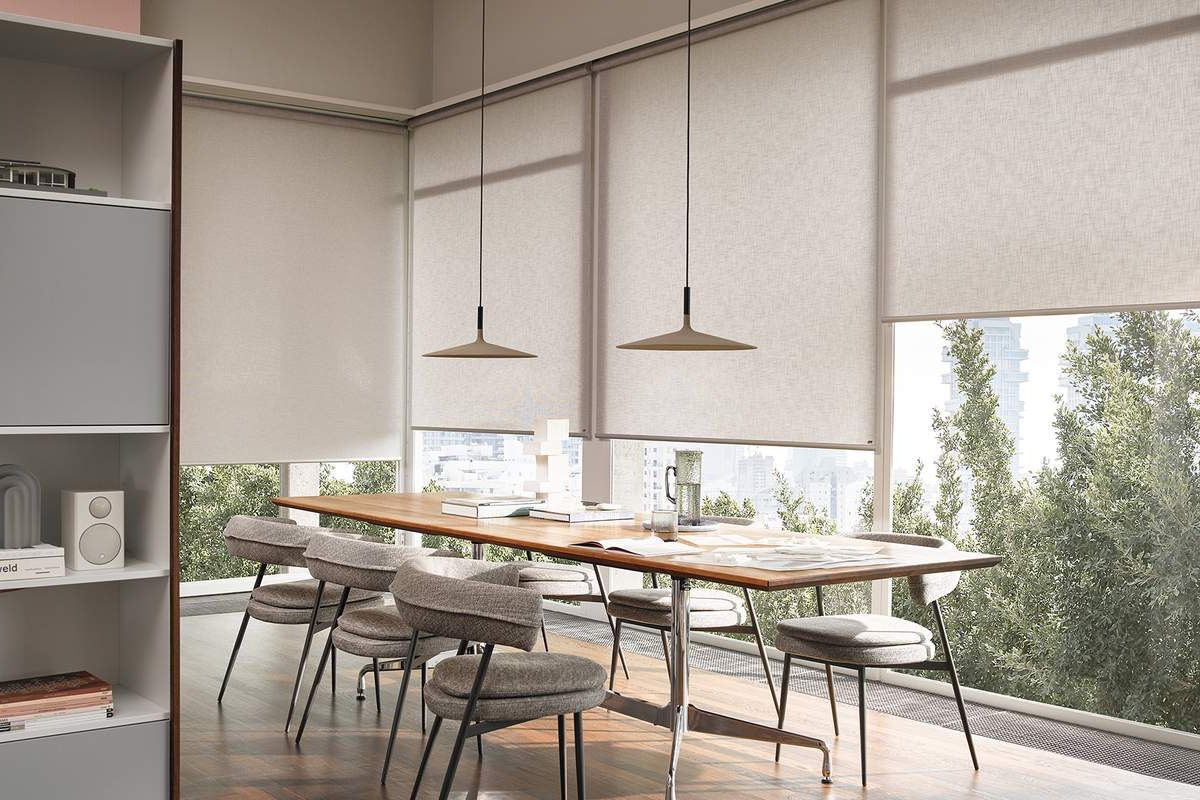

Maintenance Tip for Roller Blinds
Roller blinds not only enhance the aesthetics of your space but also serve practical functions like light control and privacy. To ensure they continue to operate smoothly and look their best, regular maintenance is essential. Here are some practical maintenance tips for roller blinds:
Regular Dusting:
Dust can accumulate on roller blinds, affecting both appearance and functionality. Use a feather duster, a soft cloth, or a vacuum cleaner with a brush attachment to remove dust regularly. Start from the top and work your way down.
Spot Cleaning:
Address spills or stains promptly by spot cleaning. Use a mild detergent or a fabric cleaner suitable for the material of your roller blinds. Gently blot the stain with a clean, damp cloth, and avoid rubbing to prevent damage.
Deep Cleaning:
Depending on the material, roller blinds may benefit from occasional deep cleaning. Remove the blinds from the brackets and follow the manufacturer’s instructions for cleaning. This may involve gentle hand washing or using a damp cloth.
Inspect Mechanisms:
Periodically inspect the operating mechanisms of your roller blinds. Check for any signs of wear, loose components, or difficulty in rolling up or down. Lubricate moving parts with a silicone-based lubricant if needed.
Check for Frayed Edges:
Examine the edges of the blinds for any signs of fraying or damage. Trim any loose threads carefully to prevent them from unraveling further. This is especially important for fabric blinds.
Tension Adjustment:
If your roller blinds have a spring or tension system, check and adjust the tension if necessary. This ensures that the blinds roll up and down smoothly without undue resistance.
Inspect the Bottom Rail:
If your roller blinds have a bottom rail, check for any damage or wear. The bottom rail provides stability and weight to the blinds, so it’s crucial for proper functioning.
Address Mold or Mildew:
In damp environments, roller blinds may be susceptible to mold or mildew. If you notice any signs, clean the affected area with a solution of vinegar and water or a commercial mold cleaner. Ensure the blinds are completely dry before rehanging.
Check for Sun Damage:
If your roller blinds are exposed to direct sunlight, check for signs of sun damage such as fading or discoloration. Consider using blinds with UV-resistant materials or rotating the blinds periodically to ensure even exposure.
Cord Safety:
If your roller blinds have cords, inspect them regularly for any signs of fraying or wear. Consider using cord cleats or tension devices to secure cords and prevent entanglement, especially in homes with children or pets.
conclusion
In conclusion, maintaining your roller blinds is a small yet crucial investment that goes a long way in preserving their functionality and appearance. Regular dusting, spot cleaning, and periodic inspections of mechanisms ensure that your roller blinds continue to provide effective light control, privacy, and contribute to the overall ambiance of your space.






